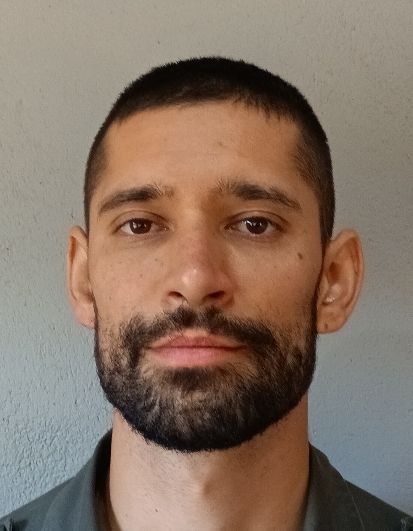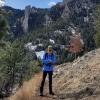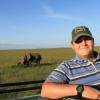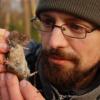Groups joined
Discussion Comments
Sam added a new Product Review - "wpsWatch"
Groups
Group
- Latest Discussion
- AgTech: Breaking out of silos
- Latest Resource
- /
- Brokering finance deals to fund nature restoration with Rob Gardner
This is the title of an episode of Ben Goldsmith's 'Rewilding the World' podcast series. I have been wondering for a while, how is it done? Here is a crystal clear outline.
Group
- Latest Discussion
- Documentary on Conservation
- Latest Resource
- /
- HawkEars: a high-performance bird sound classifier for Canada
HawkEars is a deep learning model designed specifically to recognize the calls of 328 Canadian bird species and 13 amphibians.
Group
- Latest Discussion
- From Field to Funder: How to communicate impact?
- Latest Resource
- /
- Application of computer vision for off-highway vehicle route detection: A case study in Mojave desert tortoise habitat
Driving off-highway vehicles (OHVs), which contributes to habitat degradation and fragmentation, is a common recreational activity in the United States and other parts of the world, particularly in desert environments with fragile ecosystems. Although habitat degradation and mortality from the expansion of OHV networks are thought to have major impacts on desert species, comprehensive maps of OHV route networks and their changes are poorly understood. To better understand how OHV route networks have evolved in the Mojave Desert ecoregion, we developed a computer vision approach to estimate OHV route location and density across the range of the Mojave desert tortoise (Gopherus agassizii). We defined OHV routes as non-paved, linear features, including designated routes and washes in the presence of non-paved routes. Using contemporary (n = 1499) and historical (n = 1148) aerial images, we trained and validated three convolutional neural network (CNN) models. We cross-examined each model on sets of independently curated data and selected the highest performing model to generate predictions across the tortoise's range. When evaluated against a ‘hybrid’ test set (n = 1807 images), the final hybrid model achieved an accuracy of 77%. We then applied our model to remotely sensed imagery from across the tortoise's range and generated spatial layers of OHV route density for the 1970s, 1980s, 2010s, and 2020s. We examined OHV route density within tortoise conservation areas (TCA) and recovery units (RU) within the range of the species. Results showed an increase in the OHV route density in both TCAs (8.45%) and RUs (7.85%) from 1980 to 2020. Ordinal logistic regression indicated a strong correlation (OR = 1.01, P < 0.001) between model outputs and ground-truthed OHV maps from the study region. Our computer vision approach and mapped results can inform conservation strategies and management aimed at mitigating the adverse impacts of OHV activity on sensitive ecosystems.
Group
- Latest Discussion
- Overview of Image Analysis and Visualization from Camera traps
- Latest Resource
- /
- Nature Tech for Biodiversity Sector Map launched!
Conservation International is proud to announce the launch of the Nature Tech for Biodiversity Sector Map, developed in partnership with the Nature Tech Collective!
Group
- Latest Discussion
- Overview of Image Analysis and Visualization from Camera traps
- Latest Resource
- /
- HawkEars: a high-performance bird sound classifier for Canada
HawkEars is a deep learning model designed specifically to recognize the calls of 328 Canadian bird species and 13 amphibians.
Group
- Latest Discussion
- Can RGB drone data & Machine Learning be of value in Conservation?
- Latest Resource
- /
- Nature Tech for Biodiversity Sector Map launched!
Conservation International is proud to announce the launch of the Nature Tech for Biodiversity Sector Map, developed in partnership with the Nature Tech Collective!
Group
- Latest Discussion
- Planet Imagery is no longer available on GFW
Bookmarks
Keep track of the resources that matter to you! Collections let you save, organise, and share content from all over the WILDLABS community. Create your first collection by clicking on the bookmark icon wherever you see it.
My Courses
These are your in-progress and completed courses. Explore more courses through our catalogue.
To find courses you have created, see your "My Draft Content" or "My Content" tabs.
Camera Trapping for Conservation
Introduction to Conservation Technology
Environmental DNA for Terrestrial Vertebrate Conservation
Settings
Sam's Content
Fellowship Reviews
Active Applications
All Assigned Applications
Sam's Comments
| Comment | Post | Date |
|---|---|---|
| Good day all, I work at Care… | Welcome to WILDLABS! |













































Sam commented on "Welcome to WILDLABS! "